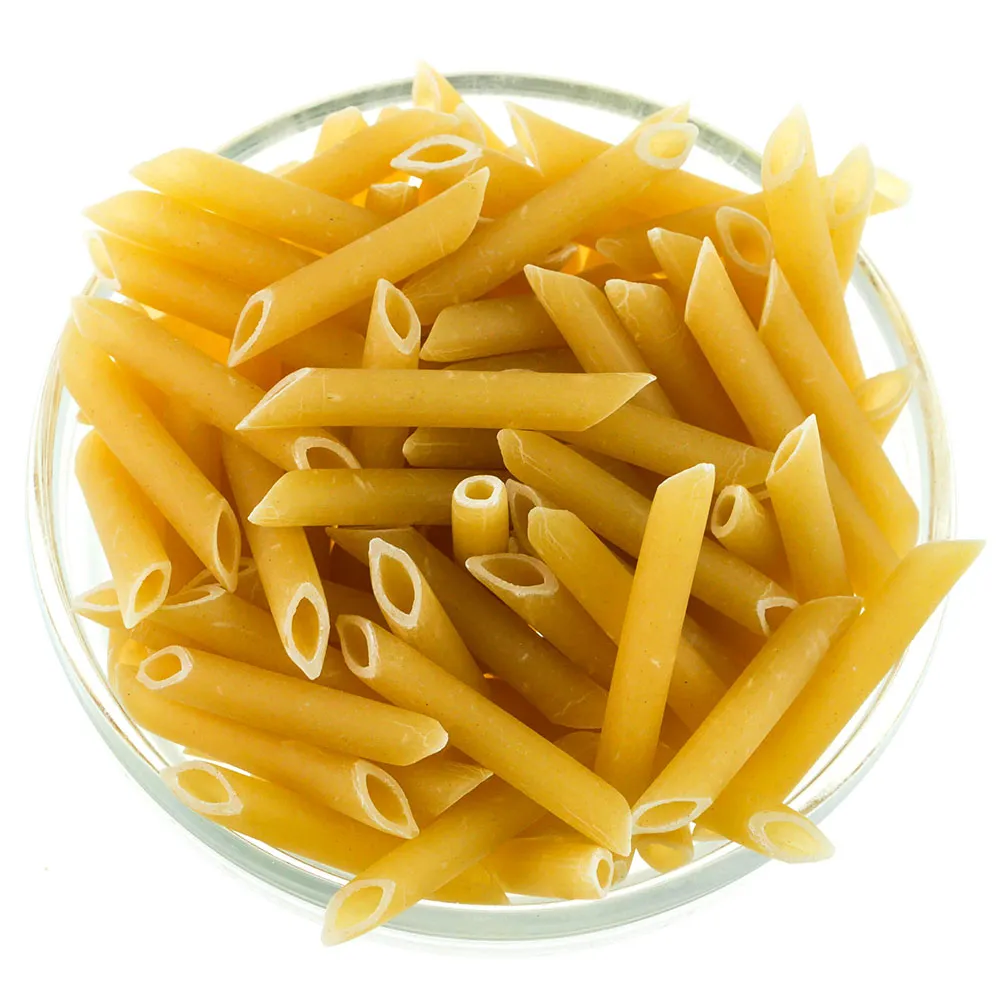
| Glycemic Index | Glycemic Load |
50
|
15.4
|
The glycemic index (GI) of pasta equals to 50, which classifies it as a low GI food. The glycemic load (GL) of pasta is equal to 15.4, which classifies it as a moderate GL food.
| Nutrition Facts | |
| Calories (kcal) | 158 |
| Carbohydrates (g) | 30.9 |
| Proteins (g) | 5.8 |
| Fats (g) | 0.9 |
100 grams of pasta contain 158 kcal (661 kJ), 5.8 grams of proteins, 30.9 grams of carbohydrates, and 0.9 grams of fats.
Pasta is a versatile food that is enjoyed worldwide. It is made from a combination of flour, water, and eggs (or without eggs for vegan options). Pasta comes in a variety of shapes, sizes, and flavors, including whole wheat, gluten-free, and egg-free options. In this article, we will discuss the nutritional benefits, drawbacks, nutrition facts, and health benefits of pasta.
Nutrition Facts:
The nutritional content of pasta varies depending on the type and the way it is prepared. However, in general, pasta is a good source of carbohydrates and can provide energy. One cup of cooked pasta, which is approximately 200 grams, contains approximately 316 calories, 12 grams of protein, 2 gram of fat, and 62 grams of carbohydrates.
Health Benefits:
- Provides Energy: Pasta is a rich source of carbohydrates, which are the body’s primary source of energy. It provides the necessary energy to fuel physical activities and mental functions.
- Lowers Cholesterol: Pasta is low in fat and cholesterol, making it a suitable food for individuals with high cholesterol or heart disease.
- Contains Folic Acid: Pasta made from enriched flour is a good source of folic acid, a B vitamin that is essential for healthy blood cells and can help prevent birth defects in pregnant women.
- Can be Made with Whole Grains: Whole wheat pasta is a healthier alternative to traditional pasta. It contains more fiber and nutrients, such as iron and magnesium, which can help to improve overall nutrition.
- Easy to Prepare: Pasta is easy to prepare and can be combined with a variety of sauces, vegetables, and meats to create a balanced meal.
Drawbacks:
- High in Carbohydrates: Pasta is a carbohydrate-rich food and can lead to spikes in blood sugar levels, which can be harmful to individuals with diabetes or those at risk for developing diabetes.
- Low in Nutrients: Some types of pasta, particularly the refined varieties made with white flour, are lower in nutrients compared to whole wheat pasta. The refining process removes the outer bran and germ layers, which are rich in fiber, vitamins, and minerals.
- Can be High in Sodium: Pasta sauces and toppings can be high in sodium, which can lead to high blood pressure and other health problems.
- May Contain Gluten: Traditional pasta is made from wheat flour, which contains gluten. Individuals with celiac disease or gluten intolerance must avoid gluten-containing pasta and opt for gluten-free alternatives.
In conclusion, pasta is a versatile and easy-to-prepare food that can provide energy and essential nutrients. However, it can be high in carbohydrates and low in nutrients, particularly if made with refined flour. Opting for whole wheat or gluten-free pasta and pairing it with nutrient-rich sauces and toppings can improve the overall nutritional value of pasta. As with any food, moderation and balance are key to incorporating pasta into a healthy and varied diet.


